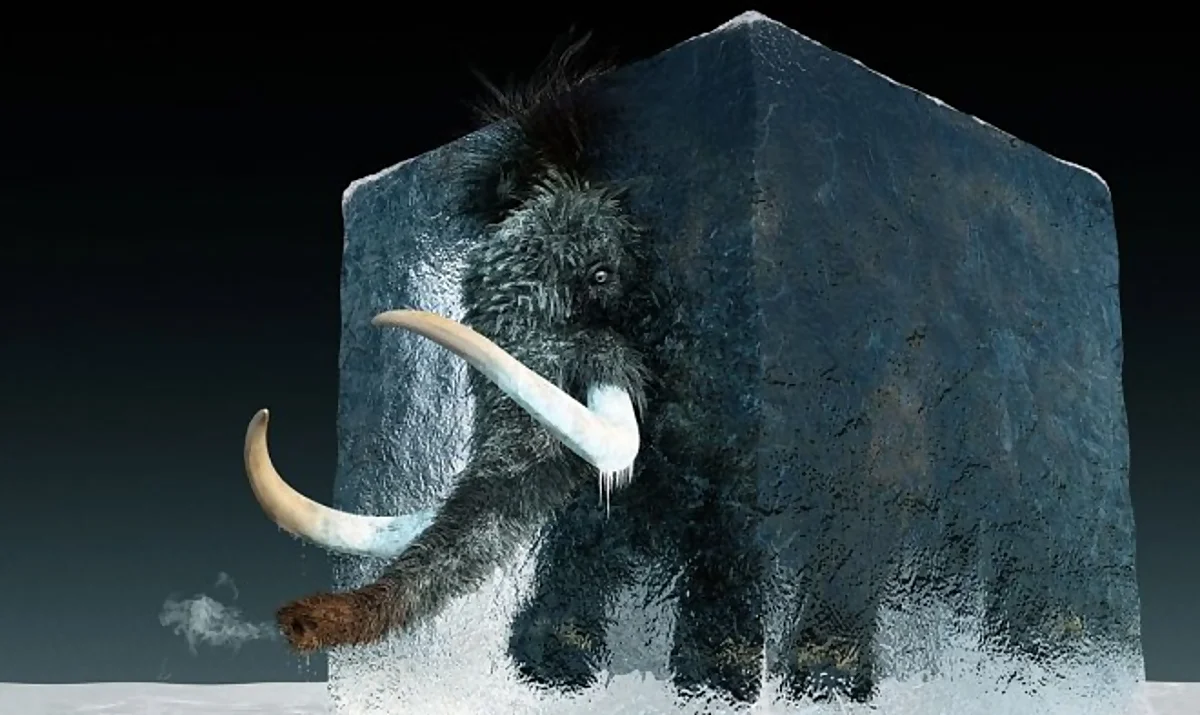A new study of genomic data from the last living mammoths on Earth has failed to confirm previously suggested possible causes of extinction, including inbreeding, deleterious mutations and hunting.
The object of the study was the remains of 14 dwarf mammoths that lived on Wrangel Island in the Arctic Ocean and recently disappeared about four thousand years ago, as well as seven mammoths from the population of mainland Siberia, the ancestors of the islanders. 50 thousand years ago. The study of a group of scientists from Uppsala University in Sweden was published in the journal Cell.
According to evolutionary geneticist Marianna Dehusk, when the ice age ended, the dry tundra steppes, where mammoths flourished for a long time, gradually turned from south to north into moist forests of the temperate zone. As a result, mammoths reached the northern regions of Eurasia.
“Probably mammoths were left alone on Wrangel Island, which was cut off from the mainland around 10,000 years ago due to rising sea levels. Perhaps there was only one herd living on the island,” the scientist was quoted as saying by Reuters news agency.
The researchers found that the population isolated on the island consisted of at most eight individuals, then grew and remained stable to 200-300 mammoths for about 20 generations (about 600 years). The authors of the scientific study also found a decrease in the diversity of a group of genes that are vital for the immune system. But as mammoths gradually accumulated a uniform pattern of deleterious mutations, the most deleterious defects disappeared from the population; this was probably because its carriers were less likely to survive and reproduce.
Researchers do not believe that inbreeding, low genetic diversity, or deleterious mutations led to the population’s demise; otherwise the population would experience a gradual decline. But the stability of the population confirms this. Hunting mammoths on a desert island also does not seem to be the cause of extinction – no confirmation of this version was found.
“It would be easy to find fire pits and residential structures, as well as flint pieces, worked bones and teeth, etc. But there are no traces of human interaction with mammoths on Wrangel Island,” said evolutionary geneticist and professor at the Center for Paleogenetics Love Dalen.
Marianna Dehusk believes that the cause of the population collapse was something else and that it was a very sudden event. Scientists have named an infectious disease brought to Wrangel Island by birds as one of the most likely options.
Source: Port Altele
